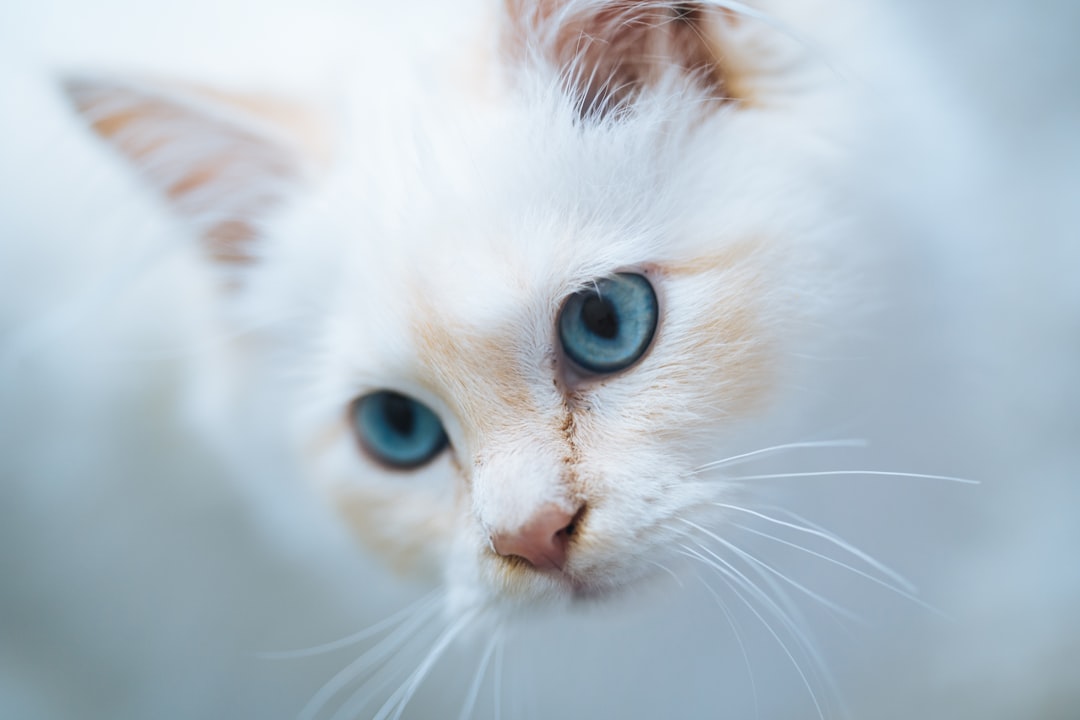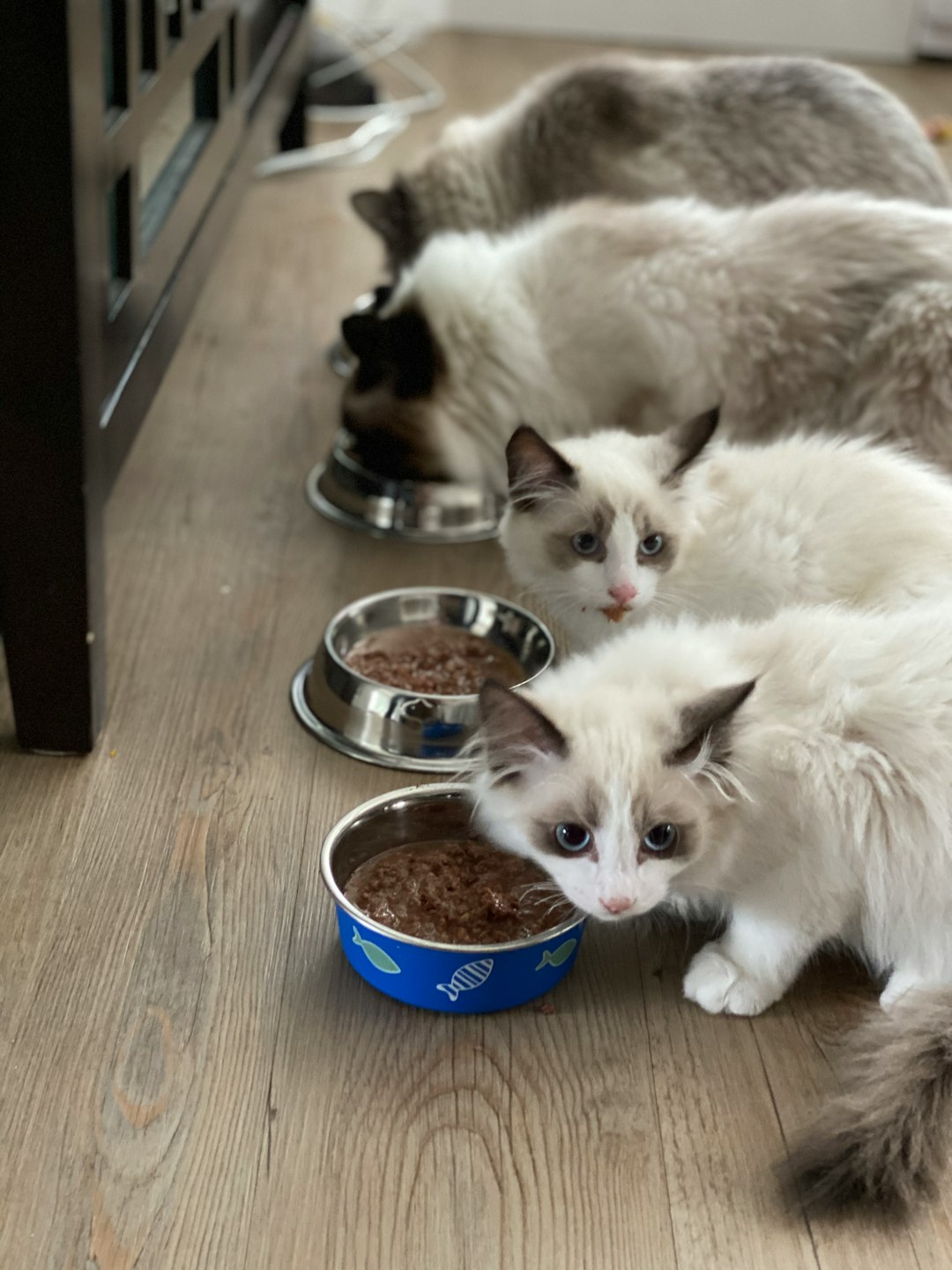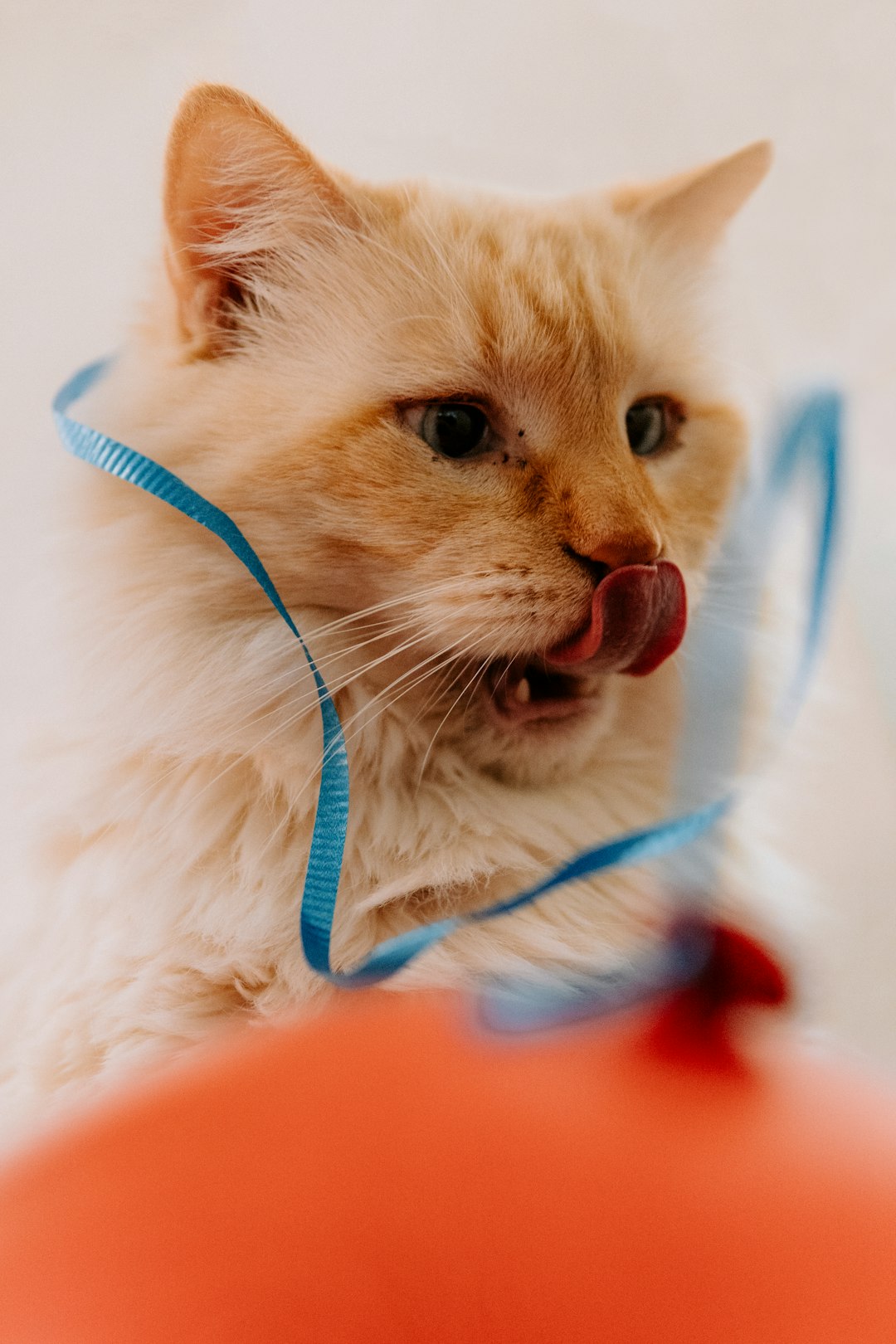When it comes to gray cats, these enchanting felines captivate pet lovers with their stunning coats and unique personalities. Many owners find themselves curious about the different gray cat breeds, their individual traits, and the best ways to care for them. Additionally, understanding common misconceptions can enhance your bond with these remarkable pets. Delving into popular names, health considerations, and even cultural symbolism will reveal the depth and charm these cats bring into our lives. Join us as we explore everything you need to know about gray cats and celebrate their majestic presence in our homes.
Popular Names for Gray Cats
Choosing the right name for your gray cat can reflect both their personality and appearance. Gray cats often exhibit a variety of traits that can inspire creative naming. Here are some popular names that suit their unique charm:
- Shadow: Perfect for a cat with a sleek, shadowy coat.
- Smokey: Reflects the soft gray tones of their fur.
- Ash: A subtle nod to their color, signifying grace and elegance.
- Stormy: Captures the fierce nature some gray cats possess.
- Cinder: Evokes images of warmth and comfort.
Consider combining names to create something unique, like Ash Storm or Smokey Cinder. Other names inspired by popular culture or nature may include:
- Gandalf (from Lord of the Rings)
- Merlin (the famous wizard)
- Steel (for a strong and resilient character)
Choosing a name for your gray cat can be a fun way to enhance your bond. Gray cats, with their striking colors and distinctive personalities, deserve names that highlight their individual essence.
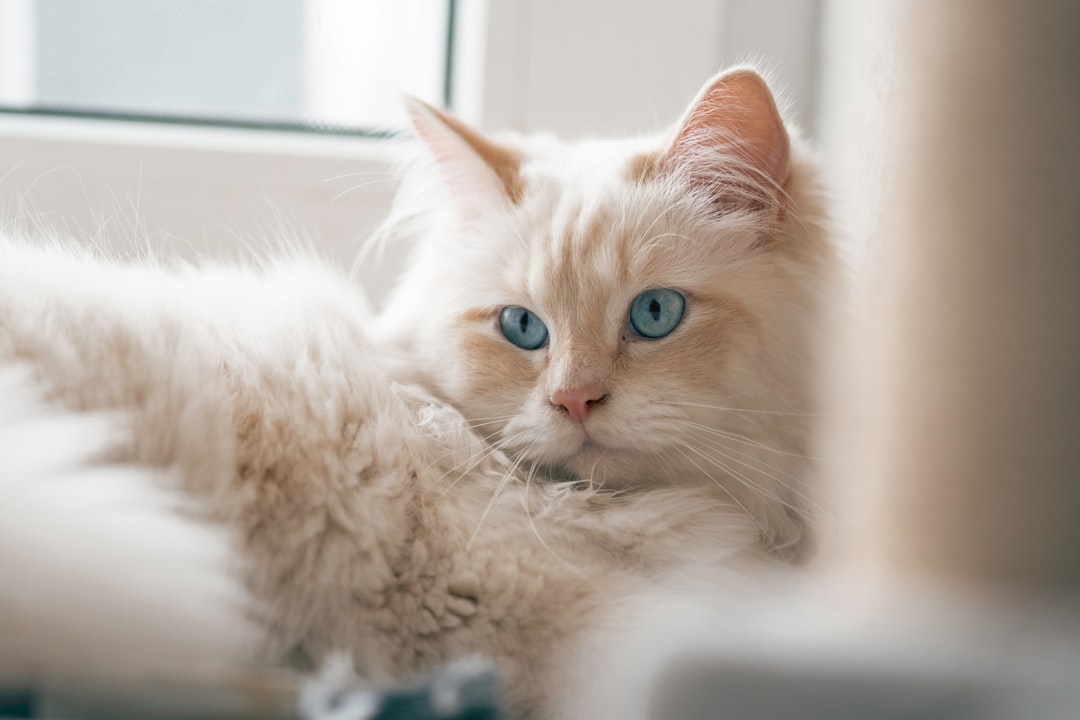
Caring for Your Gray Cat
Caring for your gray cat involves several essential aspects to ensure their well-being and happiness. Here’s a concise guide to help you provide the best care for these charming companions.
Nutrition
- High-Quality Food: Choose a premium cat food suitable for your gray cat’s age, weight, and activity level.
- Dietary Needs: Monitor their protein intake, as gray cats may have a higher metabolic rate.
Grooming
- Regular Brushing: Brush your gray cat’s coat weekly to reduce shedding and prevent matting.
- Nail Trimming: Keep their claws trimmed to avoid injuries and furniture damage.
Health Care
- Routine Vet Visits: Schedule annual check-ups to catch any health issues early.
- Vaccinations: Ensure your gray cat is up to date on vaccinations to protect against diseases.
Enrichment
- Playtime: Engage your gray cat in interactive play to stimulate their mind and body.
- Safe Environment: Create a safe, cozy space at home where your gray cat can relax and explore.
By addressing these key aspects, you will not only meet your gray cat’s basic needs but also foster a strong bond with your feline friend.
Understanding Gray Cat Personalities
Gray cats often exhibit a variety of personality traits that can charm any cat lover. These traits may vary depending on the breed, but there are some common characteristics associated with gray cats:
- Affectionate: Many gray cats tend to be cuddly and enjoy human companionship. They often seek out attention and are known for their loving nature.
- Playful: Gray cats usually possess a playful spirit, enjoying interactive toys and games. This trait keeps them energetic and happy.
- Independent: Despite their affectionate side, gray cats often appreciate their independence and enjoy their solitary time.
- Curious: With a natural curiosity, gray cats frequently explore their environment. They love to investigate new items or changes around the house.
Comparison of Traits by Breed
| Breed | Affectionate | Playful | Independent | Curious |
|---|---|---|---|---|
| Russian Blue | Yes | Moderately | Yes | High |
| Chartreux | Yes | High | Low | Moderate |
| British Shorthair | Moderate | Moderate | High | Low |
Understanding these personality traits can help you form a stronger bond with your gray cat, ensuring a fulfilling relationship that both of you will cherish.
Differences Between Breeds of Gray Cats
When it comes to gray cats, various breeds display distinct characteristics, appearances, and temperaments. Understanding these differences helps you choose the right companion. Here’s a comparison of some popular gray cat breeds:
| Breed | Coat Type | Personality Traits | Size |
|---|---|---|---|
| British Shorthair | Short, dense | Calm, easygoing | Medium to large |
| Russian Blue | Short, plush | Intelligent, affectionate | Medium |
| Chartreux | Short, woolly | Playful, loyal | Medium to large |
| American Shorthair | Short, varied | Adaptable, friendly | Medium to large |
Key Takeaways:
- Physical Appearance: While all these breeds feature gray fur, their coat texture varies from plush to dense.
- Personality: For example, Russian Blues are known for their affectionate nature, whereas Chartreux cats tend to be more playful.
- Size Variations: Some gray cats, like the British Shorthair, can grow quite large, while others, like the Russian Blue, remain smaller in stature.
By selecting the right breed, you can ensure that your gray cat fits perfectly into your home and lifestyle.
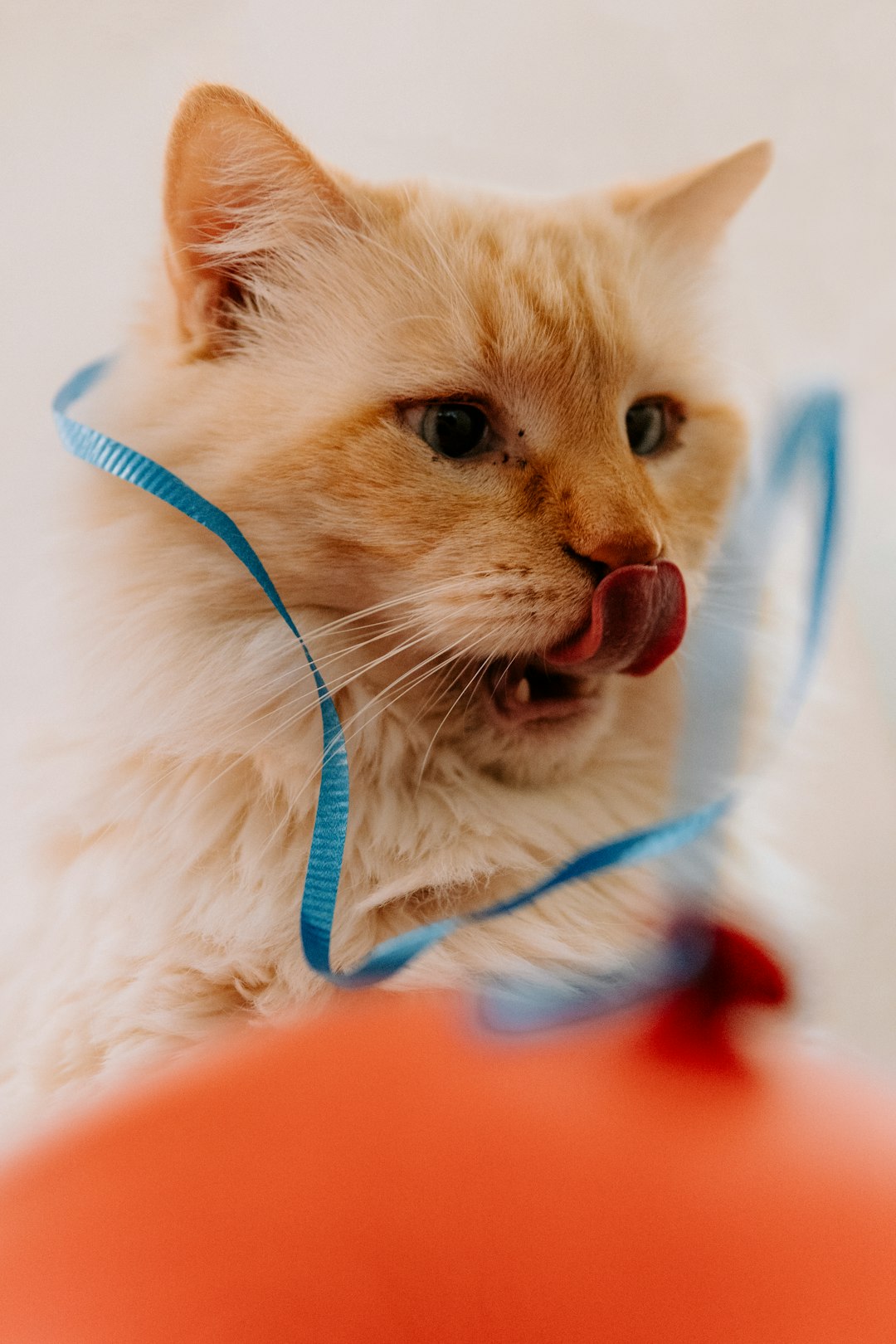
Common Misconceptions About Gray Cats
Gray cats often fall victim to various misconceptions. It’s essential to clarify these misunderstandings to appreciate these wonderful felines fully.
Myth 1: Gray Cats Are Always Shy
Truth: While some gray cats may have reserved personalities, this isn’t true for all. Many are outgoing and playful.Myth 2: They Are Less Intelligent
Truth: Intelligence varies by individual, not color. Gray cats can be just as clever as cats of any other hue.Myth 3: Gray Cats Bring Bad Luck
Truth: In many cultures, gray cats symbolize prosperity and good fortune, challenging the perception of them as omens.Myth 4: All Gray Cats Are the Same Breed
Truth: Gray cats can belong to various breeds, such as the Russian Blue, Chartreux, or American Shorthair, each with unique traits.
By debunking these myths, we can foster a deeper appreciation for gray cats, recognizing their unique personalities and strengths. Embrace the individuality of gray cats, and enjoy the companionship they bring!
The Symbolism of Gray Cats in Culture
Gray cats hold a unique place in various cultures, often symbolizing different traits and qualities. Understanding the cultural significance of these charming feline companions can deepen our appreciation for them. Here are some notable associations:
- Mystery and Independence: In many traditions, gray cats represent mystery. Their elusive nature and nocturnal habits often align them with independence and self-reliance.
- Good Fortune: Some cultures believe that encountering a gray cat brings good luck. For instance, in certain parts of the UK, a gray cat crossing your path signifies positive change.
- Balance and Neutrality: Gray, being an intermediary color between black and white, symbolizes balance. Gray cats embody neutrality, making them a comforting presence in households.
- Spirituality: In folklore, gray cats often serve as guardians of the spirit world, believed to possess protective qualities against negative energy.
In conclusion, gray cats carry profound symbolism in culture, making them not only adorable companions but also meaningful figures in human history.
Training Your Gray Cat
Training your gray cat can enhance your bond and improve behavior. While each cat’s personality may vary, here are some effective strategies:
- Start Early: Young gray cats often adapt better to training. Early socialization helps them learn desired behaviors.
- Positive Reinforcement: Use treats, praise, and playtime as rewards. Gray cats appreciate affection, which motivates them to follow commands.
- Short Sessions: Keep training sessions brief (5-10 minutes). Gray cats can lose interest quickly, so it’s crucial to maintain their focus.
- Consistency is Key: Use the same commands and gestures consistently. This clarity helps gray cats understand what you expect from them.
- Patience: Training takes time; elevate your gray cat’s confidence gradually by celebrating small victories.
Comparison of Training Techniques
| Technique | Description | Suitability for Gray Cats |
|---|---|---|
| Clicker Training | Uses a click sound to mark desired behaviors. | Highly effective due to high intelligence. |
| Leash Training | Familiarizes them with walking safely outside. | Some gray cats may enjoy exploration. |
| Litter Training | Ensures proper bathroom habits. | Generally intuitive for gray cats. |
By using these techniques, you can foster a well-trained gray cat that responds to commands and enjoys learning new tricks!
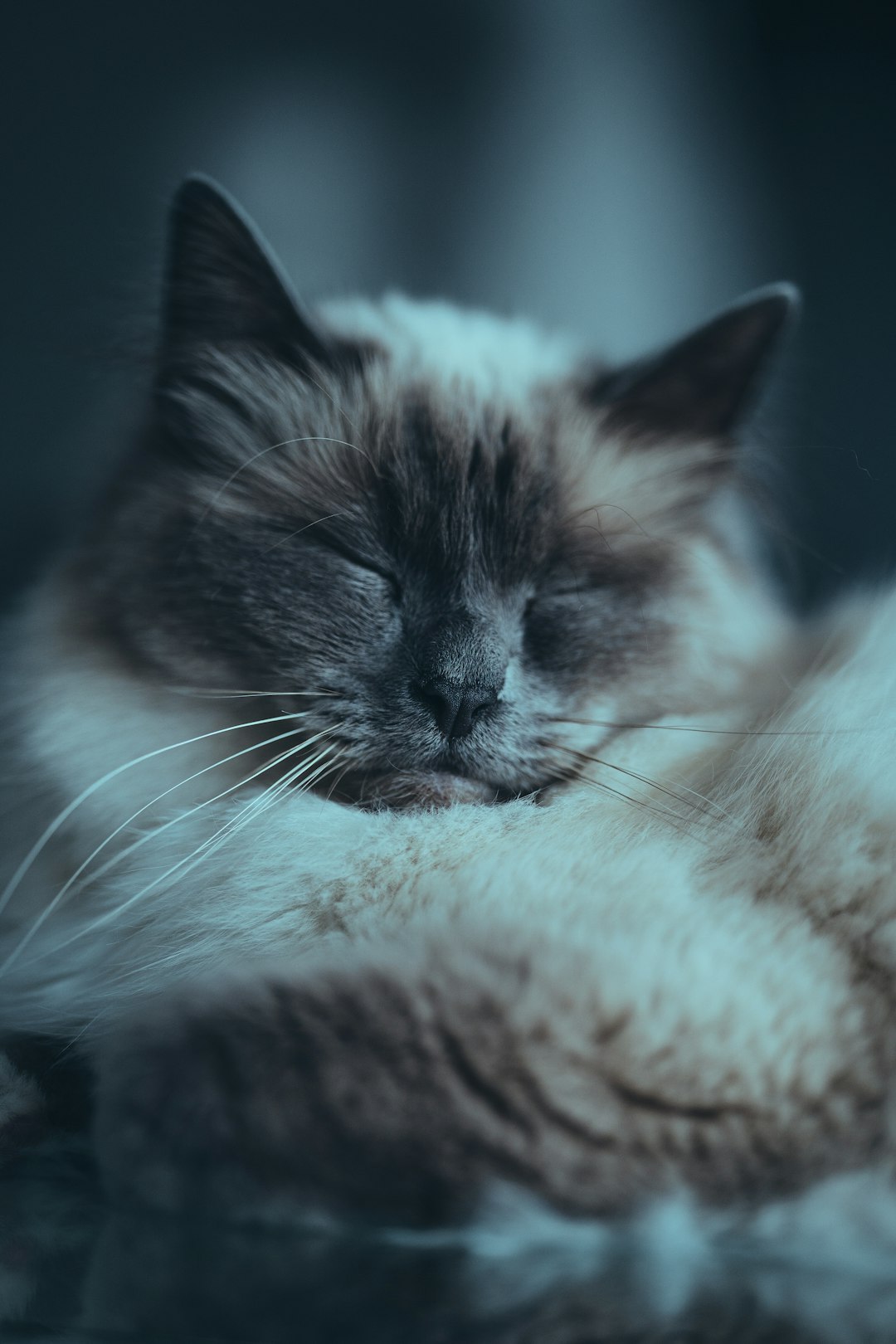
Health Considerations for Gray Cats
Caring for gray cats involves understanding their health needs. Like all felines, gray cats can be prone to specific health issues. Here are some critical considerations for their well-being:
- Genetic Predispositions: Some gray breeds, like the Russian Blue, may be more susceptible to conditions like hypertrophic cardiomyopathy (HCM).
- Dental Health: Regular dental check-ups are essential. Gray cats, particularly older ones, may face tooth decay and gum disease.
- Weight Management: Obesity can occur in gray cats if they lead a sedentary lifestyle. Ensure balanced meals and regular playtime.
- Routine Veterinary Care: Schedule annual check-ups for vaccinations and screenings. This practice helps catch issues early.
To summarize, pay attention to these key health aspects for gray cats:
| Health Aspect | Importance |
|---|---|
| Genetic Health | Prone to specific diseases |
| Dental Care | Prevents decay and infections |
| Weight Control | Maintains overall health |
| Regular Vet Visits | Early detection of health issues |
By keeping these considerations in mind, you can help your gray cat lead a long, happy, and healthy life.
Frequently Asked Questions
What are some popular names for gray cats?
When it comes to naming gray cats, many owners choose names that reflect their unique color and personality. Popular names include Smokey, Silver, Ash, and Misty. Other creative options might include names inspired by nature, such as Storm or Cloud, or those that convey a sense of elegance, like Sterling or Grayson. It’s essential to choose a name that resonates with you and suits your cat’s character.
Do gray cats have specific personality traits?
Gray cats are often associated with certain personality traits, though it’s important to remember that individual personalities may vary. Many gray cats are known to be affectionate, social, and playful. They can be curious and enjoy engaging with their environment and humans alike. Some believe that gray cats can also be more laid-back or calm compared to more active breed colors. However, a cat’s upbringing and environment significantly influence their personality.
Are there certain breeds that are commonly gray?
Yes, several cat breeds are known for their gray fur. The Russian Blue is a famous breed with a stunning slate-gray coat and striking green eyes. Other breeds such as the British Shorthair, Chartreux, and Nebelung also display beautiful gray coloring. While breed characteristics can provide some insight, it’s essential to note that mixed-breed cats can also have lovely gray coats and diverse personalities.
How can I care for a gray cat’s coat?
Caring for a gray cat’s coat is similar to the care required for other coat colors. Regular grooming is essential to reduce shedding and prevent matting, especially if your cat has medium or long fur. Use a quality brush to maintain their coat’s health, and consider bathing them occasionally with cat-safe shampoo to keep their coat vibrant. Also, a balanced diet is crucial for healthy fur and skin, as well as regular veterinary check-ups.

